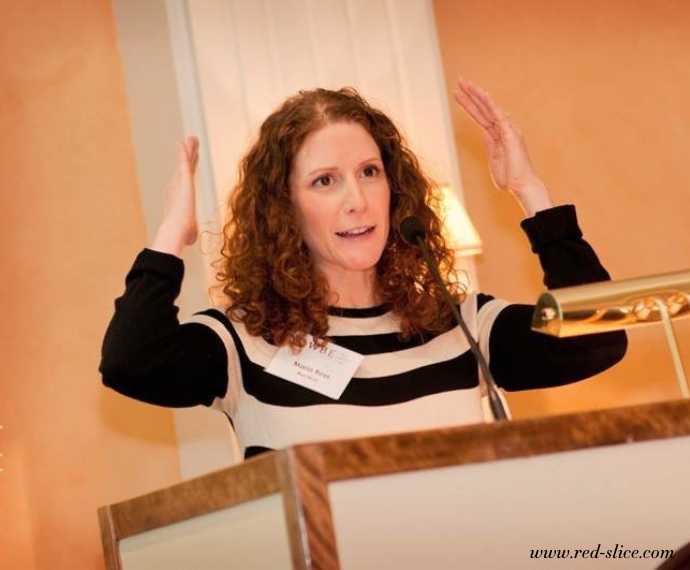The book is coming! September 10 is the day that The Empathy Dilemma: How Successful Leaders Balance Performance, People, and Personal Boundaries hits shelves to help leaders dedicated to people-centered practices to get the best performance possible balance the demands of the business with the needs of their people. Grab your free chapter at the link above!
Today, we’re diving into the last of the Five Pillars of Effective Empathetic Leadership: Joy.
Probably my most head-turning one. What the heck does joy have to do with empathy or high-performance? Quickly followed by, I’m awkward and not that funny!
To get you up to speed, the Five Pillars of Effective Empathetic Leadership are common traits and behaviors shared by the successful leaders I interview, research, speak to, and advise.. It’s how they balance people, performance, and personal boundaries with such grace and dexterity.
Joy is the fifth of the five pillars for effective and empathetic leadership in my upcoming book, The Empathy Dilemma: How Success Leaders Balance Performance, People, and Personal Boundaries, coming September 10.
Let’s dig into it: Joy
What Is Joy?
Ensuring people enjoy their work, encouraging work friendships, and creating a thriving culture even when the work itself is challenging.
Why Is Joy Important?
A joyful work culture breeds trust to collaborate, innovate, and take risks. It empowers people to have each other’s backs. Multiple studies have shown that when people enjoy their work it leads to lower rates of turnover, higher productivity and engagement, increased company profits, and loyalty to the employer.
We all know we feel lighter, more buoyed by a work environment we like going back to. It’s basic common sense. If I enjoy my colleagues and feel safe and motivated in my environment, my work will reflect that. Now, joy does not mean every moment of work is joyful. I mean, I don’t particularly find find joy in client crisis or invoicing or budget spreadsheets (well, actually some of you might) But joy – or levity, or camaraderie – as part of the empathetic culture equation means I can find joy in the work even when the work itself is not joyful. As it will inevitably get at certain points, or they wouldn’t call it work!
What does joy have to do with empathy, you may be thinking? When we create a joy-filled environment, people can relax, be themselves, and share themselves as human beings. This leads to better understanding and collaboration. If I get to know you through joy, I can understand where you’re coming from. I can forgive your bad days and you can forgive mine. We can learn to listen and see common ground because we have shared positive experiences. All the ingredients of an empathetic culture.
How Does Joy Benefit Leaders?
• Joy reduces stress – we can show up and laugh, smile, bring a little levity to what can be hard work.
• Happy team members are easier to lead
• Fun environments foster trust and collaboration, which breeds innovation and high performance.
So, how can you incorporate more joy in your team and workplace culture?
Find and Encourage Humor: The ability to laugh at ourselves and to find humor in tough situations is a sure sign of resilience, which is just what healthy teams need. Things can and will go wrong, but when we stop taking ourselves so seriously, we can engage our prefrontal cortex to problem solve more effectively. No, you don’t have to be a comedian, or even force it, but letting people know it’s okay to laugh, share memes, or talk about the latest celebrity gossip while getting work – all of that goes a long way to making work a place we want to be. Some great examples are in the book about how some leaders allow moments to organically arise and the team turns those into inside jokes or casual rituals.
Learn Improv Skills to Nurture Creativity and Trust
Improv best practices can help teams collaborate in virtually any environment. Learning how to think on your feet, listen well and pass the ball, and yes, even laugh at the outcomes can unleash trust that leads to innovation.
Encourage Workplace Friendships
As someone who has met some of my lifelong best friends at work – and my husband, this one is my favorite. The old rules about your “work self”and your “personal self”have gone out the window. We are who we are and we bring who we are to work. I’m not saying let it all hang out or act crassly, but it’s okay to get personal. It should even be encouraged. Mountains of research indicate that having friends in the workplace doesn’t only boost job satisfaction and performance, it also improves wellness. It’s linked to a lower risk of burnout, improved mental health, and maybe even a longer life span, according to studies conducted across Europe and Israel. As a leader, it’s your role to foster a culture of warmth and connection so your team members know that work friendships are encouraged.
Make Meaningful Team-Building a Priority
One time long ago, I joined a rather soulless tech firm. With its drab brown cubicles, high walls, and quirky personalities, it truly channeled the movie Office Space when, in my first week, everyone was dragged to the conference room to sing happy birthday to an executive and it was utterly depressing!
No one wanted to be there. I bet you’re thinking of a required Happy Hour or Ropes Course where you felt the same way.
Team-building has gotten a bad rep over the years as a cheesy, forced way to forge bonds, but when it’s done thoughtfully, it can totally transform interpersonal dynamics for the better. Before you pursue team-building, make sure that your internal culture is already serving the needs of your people. Team-building should be a source of shared joy, not a bandage slapped onto a festering cultural issue. Find ways to get everyone involved in suggesting activities, doing community service projects, and ensuring that a variety of options are accessible to everyone regardless of level, ability, neurodiversity, whether they have to get home to kids or not, recovering alcoholics, etc. When you can tie team building to your company mission, that is the best experience for everyone to forge bonds and get to know each other outside of work.
As I wind down on sharing the high level 5 Pillars of Effective Empathetic Leadership, I would like to make something crystal clear.
These pillars are not the sole responsibility of the leader.
It is not all on your shoulders to build up the pillars of self–awareness, self-care,clarity, decisiveness, and joy. These are pillars you can introduce, model, and cultivate an environment. But share the load with your team. Have them make suggestions, take on aspects that may be a challenging blind spot for you, and practice this with each other. I would hate for leaders to think I’m just adding more to their burden. When we talk about the 5 pillars that ensure effective empathetic leadership, yes, we are talking about your own personal pillars, but the team pillars can and should be strengthened and upheld by everyone. Involve them in the process. Be transparent about what you’re trying to do and work on. Let them play a role so they have ownership and engagement. And when you do that, you will nurture an empathetic environment that flows in both directions!
To better understand these deceptively simple strategies in detail, please get a free chapter and buy your copy of The Empathy Dilemma for stories from leaders, and actionable tactics to put these strategies into practice. These 5 pillars will transform how your team engages, performs, innovates, delivers for you and your customers.
Photo Credit: Johnson Wang on Unsplash












